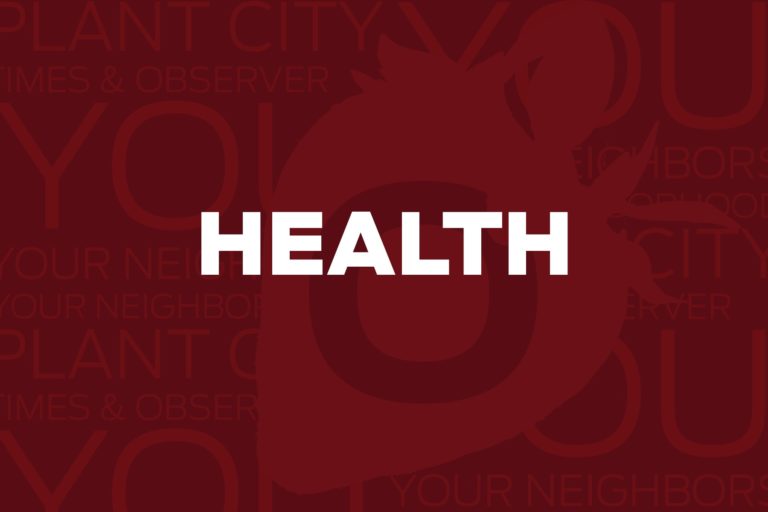
What you eat influences the results of your exercise program.
Food choices either support your exercise goals or diminish the gains intended by all your activity. A bad diet cannot be overcome by exercise, but you can eat your way to a fitter and healthier body. Here are some ideas on making better food choices to support your exercise goals.
Control inflammation
Exercise is known to decrease the risk of disease, including Alzheimer’s disease, cardiovascular disease and certain cancers. Exercise-induced inflammation is natural and healthy as the normal way to build strength. Prolonged inflammation, however, increases the risk of these same diseases. With the right diet and rest, this inflammation goes away quickly following your activity.
A major health challenge occurs when dietary choices promote chronic inflammation. Prolonged chronic inflammation not only increases risk for disease but also decreases the benefits of exercise. A diet rich in omega-3 oils, fresh organic fruits and vegetables and healing spices such as turmeric, ginger and red pepper is naturally anti-inflammatory. One of my favorite go-to snacks is a handful of fresh organic walnuts and an apple.
Avoid trans fats, fried foods, processed foods, sugar and grains that are highly inflammatory. Processed foods disrupt digestion and compromise healthy gut bacteria necessary to assimilate nutrients to fuel the body. Impaired microflora feeds pathogenic bacteria and yeast which, in turn, promotes chronic disease and weight gain. If you exercise regularly and still cannot lose weight, your diet may be making you sick and overweight. The microflora in your gut actually affects your weight.
Human fat and HGH switches
Dietary sugar turns the body’s fat switch on and keeps it on. Fructose activates a key enzyme that causes human cells to accumulate fat. When this enzyme is absent, fat cannot be stored in the cell. Avoid sugar, especially fructose, and watch the fat cells disappear.
According to The American Journal of Clinical Nutrition, our intake of dietary fructose has significantly increased from 1970 to 2010, with a 25% increase in added sugars during this period. Most fructose does not come from fresh fruit but is found in soft drinks and sweets such as candy, cookies, and baked goods.
High-intensity exercisers are especially sensitive to the effect of sugars. Consuming carbs within two hours prior to or following a high-intensity workout actually prevents the natural production of human growth hormone (HGH). Avoiding sugar boosts the natural production of HGH. According to Mayo Clinic, natural HGH slows the aging process, increases muscle mass and strength, while assisting the body to recover from injury and disease.
Another way to boost natural production of HGH is with intermittent fasting. Two simple ways are to eat only 500 to 600 calories per day, two days a week, or limit food intake to an eight-hour block during the day and fast the remaining 16 hours. For a healthy short-term, plan fuse these two methods together.
It’s time to eat
Love to hear the phrase, “it’s time to eat?” Eating at the right time promotes exercise benefits and naturally cuts body weight.
Eat a healthy regular meal three to four hours before a workout. A low-fat healthy snack an hour before a workout can be helpful. Think low-carb yogurt or a few nuts and a piece of fruit. Know what your body enjoys and can handle before working out.
Post-workout food choices and timing are important, too. This is time for the body to refuel energy stores and start the recovery process for muscle tissue. If it has been more than four hours since your last meal, it is time for your next healthy meal for the day. After a cardio workout wait 30 to 45 minutes for a high-quality protein and vegetable-based meal. Eat sooner after a weight-training session with an easy to digest protein. Consider hummus, yogurt or roasted turkey.
Jennifer E. Closshey, Ph.D., is a doctor of integrative health based out of Plant City. Contact her at JenniferClosshey@gmail.com.
